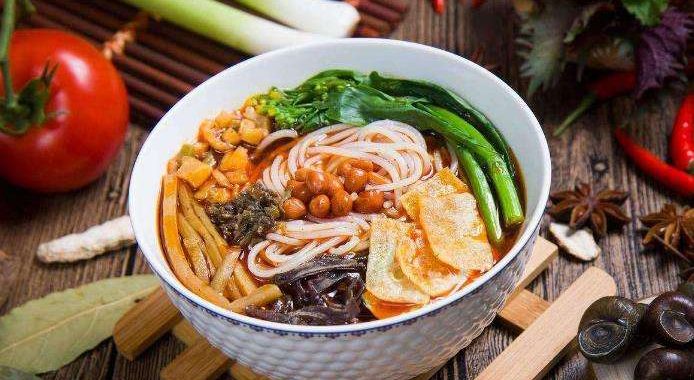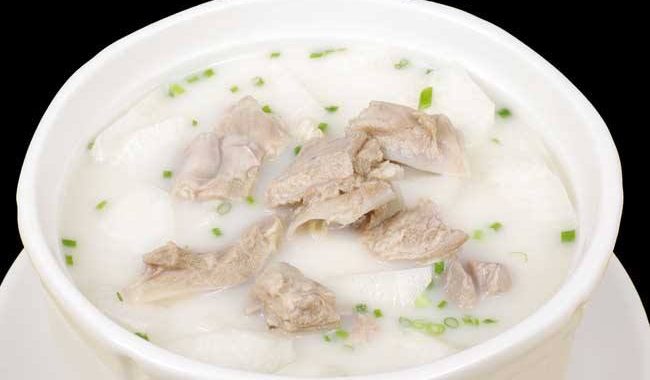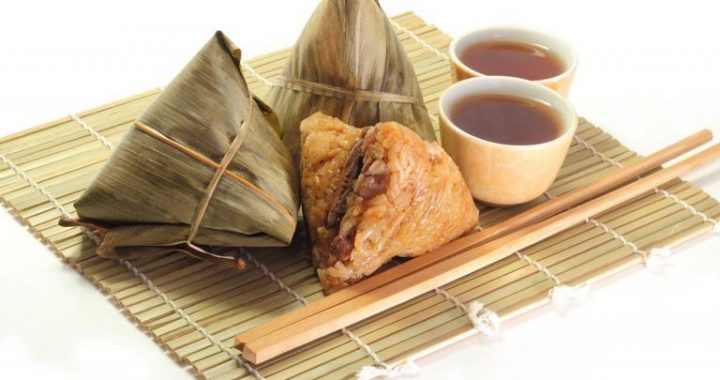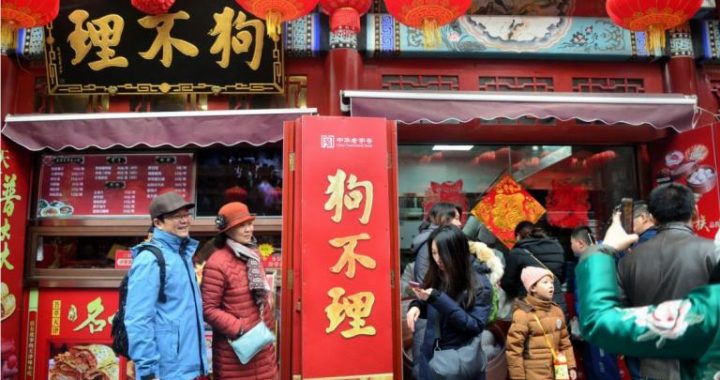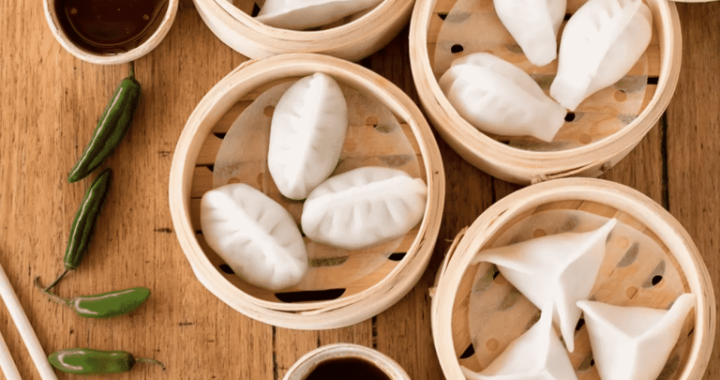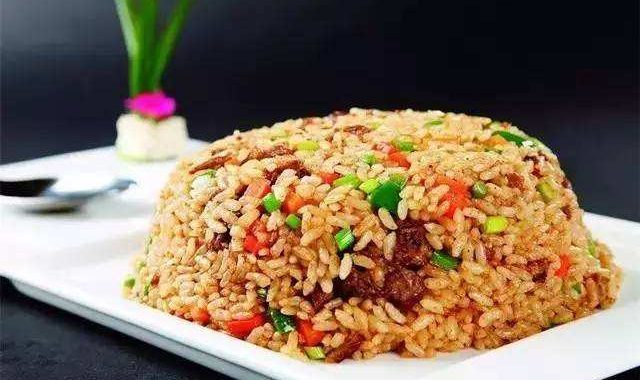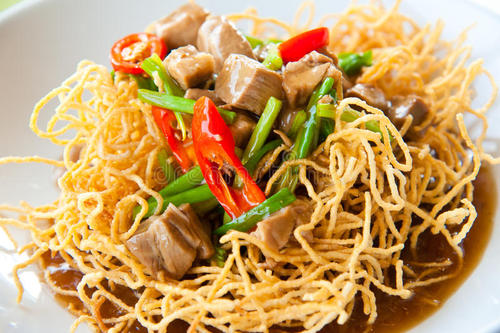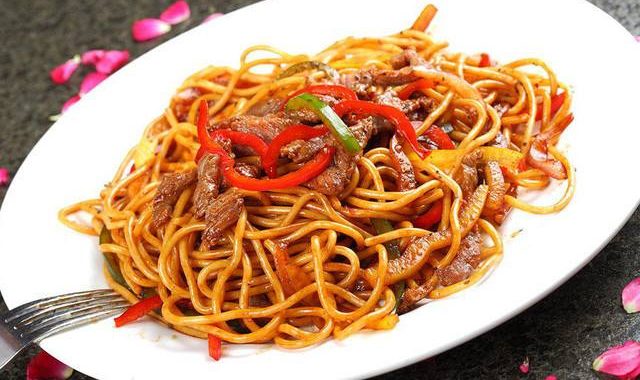Ingredients
4 min readBlack Sesame Oil
This is the same as “toasted” sesame oil, meaning it is dark brown in color; light-colored sesame oil is derived from raw seeds and has a very different flavor, so it’s no substitute. In this book, black sesame oil is used unheated and in small quantities to finish a dish. A little goes a long way, and it has an extremely inviting aroma and a rich, nutty flavor. It can be found at Japanese, Chinese, and Korean markets.
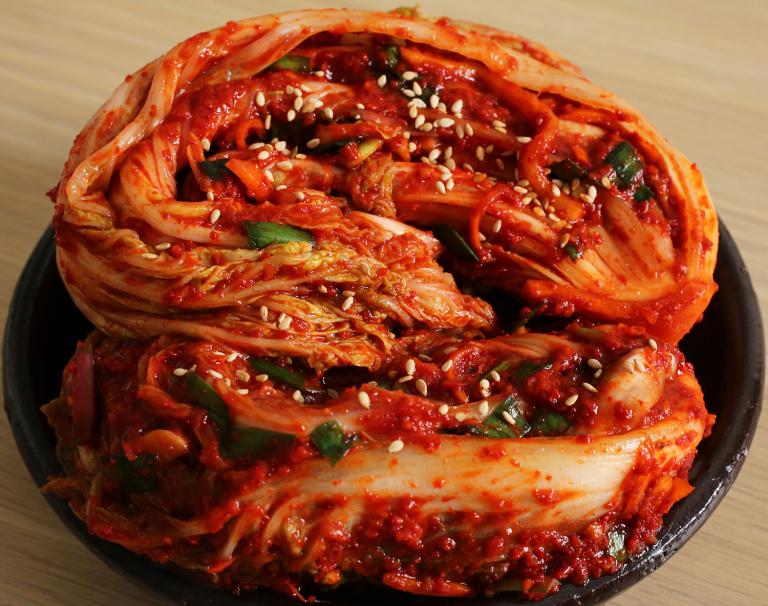
Fermented Black Beans
Don’t look for these black beans in Cuba. Also called salted black beans, these are soybeans that have been heavily salted and fermented with Aspergillus oryzae (the mold spore commonly known as koji). Their flavor is really pungent; savory, earthy, salty, and bold and they are used to season a dish, rather than being served as a dish on their own. Fermented black beans can be flavored with ginger, five-spice, or other flavors, but I much prefer them with salt alone (some cooks rinse the salt from the beans before cooking, but I never do). They are found in Chinese and other Asian groceries.
Five-Spice Powder
What are the five spices found in this common Chinese spice blend? Well, it varies. Most common is a combo of anise, cinnamon, fennel, clove, and Sichuan peppercorns, but it’s not uncommon to see one or two of those swapped out for ground ginger or nutmeg instead. The flavors of five-spice are warm and wonderful; try it on cooked carrots with butter and lemon. Its flavor is quite potent, so use it sparingly. Five-spice powder can be found with the other jarred spices in the Asian grocery or online.
Papaya
In the south of China, the warm, moist climate is perfect for growing tropical fruits for pickles and jams. When it’s green and firm (that is, unripe), papaya pickles like a champ. Its best- known use may be in Thai shredded green papaya salad, but it takes to acid and sweetness really nicely in any form. Look for firm, unblemished, heavy green footballs in the produce section of nearly any Asian market. Note that green papaya and ripepapaya are not interchangeable.

Peanut Oil
Guess what is made from peanuts and is greatly beloved in Chinese cuisine? THIS GUY! (You’re welcome.) Highly refined, it has a smoke point of around 450°F, so it can tolerate really hot woks, and it has a lengthy shelf life to boot. It can be found in most supermarkets and, of course, in Chinese markets. Unrefined and cold-pressed peanut oils can be found in health food stores and are said to be healthier choices (because they’re less processed)—but they’re more expensive, their smoke point is not quite as high, and they’re not as shelf-stable. The more difficult-to-find roasted peanut oil is more akin to black sesame oil, and it should not be used for cooking but only for seasoning.
Radishes
When we talk about radishes in the Asian realm, we don’t mean itsy-bitsy pink salad radishes (you know, the kind that 1950s housewives cut into rosettes). For Chinese pickling purposes, look for big, white mild-tasting radishes like daikon or bachelor radish (also called ponytail radish). Daikon is available in many supermarkets as well as Asian markets. Feel free to also experiment with black radishes, watermelon radishes, or small Tokyo turnips, all of which are becoming increasingly more available in the winter months.
Shaoxing Wine
This fermented Chinese rice wine is used as both a beverage and an ingredient; it’s also the critical ingredient in any dish described as “drunken.” Shaoxing wine can vary quite widely in quality, and the stuff found in Asian markets on this side of the Pacific is usually Shaoxing cooking wine—which, like cooking sherry, contains salt, sugar, and other additives, making it just barely passable for cooking and absolutely terrible for drinking. Since Shaoxing wine of drinking quality can be difficult to find, I recommend using a good dry sherry (again, not cooking sherry) or, even more widely available, some good gin in its stead. Despite the fact that it’s also a rice wine, Japanese sake varies quite a bit in quality and flavor, and it’s not a good substitute forShaoxing wine in pickles.
Sichuan Peppercorn
This floral-tasting, clovelike spice is akin to nothing else, and when used in abundance, it also has a pleasant mouth-numbing sensation. Unlike chile peppers or black peppercorns, Sichuan pepper is not spicy-hot at all, but a little goes a long way in a canning jar. There is no suitable substitute for Sichuan pepper. If you can’t find it near you, it’s easy to obtain online.
Soy Sauce
If you can easily obtain light (sometimes labeled “thin”) Chinese soy sauce, by all means do so: Pearl River is a solid brand. That said, I know that Chinese soy sauce is not available everywhere—but Japanese Kikkoman is, and it works well in these recipes. Be sure to stay clear of any soy sauce labeled “dark” or “thick” for our pickling purposes; these are better used in soups, stews, and stocks. And if you’re gluten-intolerant, tamari is a fine substitute.
Vinegar
Chinese white rice vinegar can have an acidity that’s too low for pickling—I’ve seen bottles labeled at 3 percent, which makes it even less acidic than the more commonly found Japanese rice vinegar, which typically hovers around 5 percent. Chinese black rice vinegar and red rice vinegar are commonly used in Chinese cooking, but the flavors and acidities vary wildly, and many of them taste a lot like balsamic vinegar—again, not a great choice for pickles. So while these rice vinegars are great for cooking and dipping sauces, for pickles we’ll stick with the classic: plain old distilled white vinegar.

